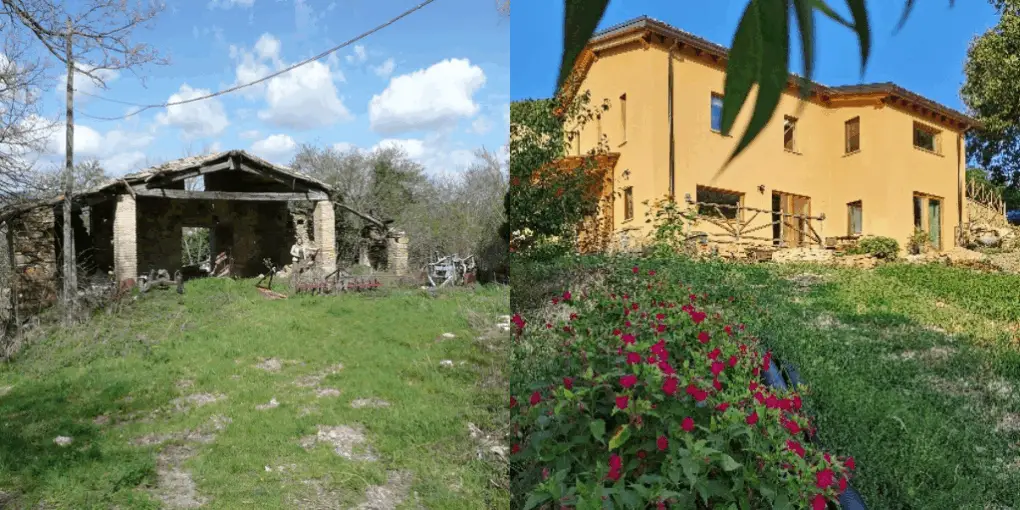I was born in Finland, a country well known for its excellent education system—though I may not be the best example of that! Finland has also been ranked the happiest country in the world for six consecutive years. While there are certain things to be happy about, many aspects could be improved.
Interestingly, I have met many Filipinos/who seem much happier than any Finns I know.
Leaving the ‘Happiest Country in the World’
I lived in Finland until I was 30. Why would I leave a country where I earned good money, had many friends, and enjoyed a comfortable life? The answer lies in a shift in perspective.
I studied marketing and thought I had landed a great job running a campaign planning company in Helsinki. My job? To convince people to buy things, throw them away, and buy even more, often things they didn’t even need. I was well rewarded for fueling this cycle of consumerism.
A Life-Changing Experience in Germany
Everything changed when I had the opportunity to participate in a documentary film project for Finnish Television. We packed our film equipment into a massive vehicle and drove to Nuremberg, Germany, to study how the city managed its waste in the early 1990s when recycling was still uncommon. Yet in Nuremberg, every household had separate bins for glass and metal, paper, and organic waste. Households paid fines if they did not correctly sort their trash.
Beyond recycling, the city had a one-hectare composting site where it processed organic waste from markets and homes into compost and sold it back to the community—an early example of a circular economy.
One of the most innovative initiatives I saw was a mobile dishwasher truck stocked with reusable plates, cups, forks, and spoons for festivals and celebrations. Instead of using disposable plastics, event organizers could rent these items, reducing waste significantly. At the city’s famous beer festivals, people ‘hired’ a hard plastic pint, paid a deposit, and got their money back upon return.
A Shift in Priorities
Despite these efforts, I couldn’t ignore the massive waste mountains I saw. I began questioning my own role in promoting overconsumption.
When I returned to Finland, I took a one-year sabbatical. I never went back to my marketing job. Instead, I pursued studies in environmental protection and later moved to London to learn how to generate clean energy from the sun, wind, and water.
A Lifelong Awareness of Waste
Even decades later, the image of those waste mountains stays with me. Every time I consider buying something, I ask myself: Do I really need this?
If I do buy something, I check how far it has traveled and whether it comes from renewable, sustainable sources. I try to avoid plastic bags, but when I do take one, I multiply that single bag by the billions of people on this planet and imagine the growing waste problem.
Some might call me obsessed with waste, but as the Stairway boys’ T-shirts say:
“Unless someone like you cares a whole awful lot, nothing is going to get better, it’s not.”
Just look at what Greta Thunberg started—one young girl took action, and now the whole world is talking about climate change.
Building with Waste Materials
Determined to make a difference, I designed and built a house using recycled and repurposed materials that others had discarded.
At first, people in the area thought I was crazy. They didn’t believe it was possible. Now, they proudly bring visitors to see my home. If you’re curious, you can visit my website, roccapaglia.com, where I’ve documented the building process.
Eco-Buildings at Stairway
I was honored to be invited by Stairway Foundation to design a dormitory and other structures for the Baclayan site. The extreme weather conditions—humidity, monsoons, typhoons, intense heat, strong sun, and termites—posed a unique challenge.
I advocate for natural and recycled materials that create breathable, comfortable, and healthy indoor environments. However, materials like bamboo and nipa (palm leaves) don’t last as long as cement, brick, or stone in the tropical climate. While cheaper and providing work for locals, they require more frequent rebuilding.
If municipalities like Puerto Galera collected broken waste glass and provided it to construction sites for use in foundations, it would reduce landfill waste while reducing cement usage, a major contributor to greenhouse gas emissions.
The Potential of Rice Straw in Construction
The Philippines, including Mindoro, produces large amounts of rice straw, most of which is left to decompose—or worse, burned. But rice straw has incredible building potential. By compressing it into bale shapes, it can be used like giant LEGO bricks to construct walls. These walls would absorb excess moisture during humid months and release moisture in the dry season. To prevent insect infestations, they could be lime-washed or lime-plastered.
Teaching the Next Generation
I was delighted to lead eco-building workshops for the Stairway Boys. We explored various sustainable materials, though we didn’t have enough time to cover everything, like the potential of rice straw. I hope they will have a chance to read this and learn more. The day after my first class, I quizzed the boys on what we had covered. I was incredibly impressed that they remembered everything!
So maybe, just maybe, these boys—and other young people—will be the ones “caring a whole awful lot so that everything will be better. It will!”
